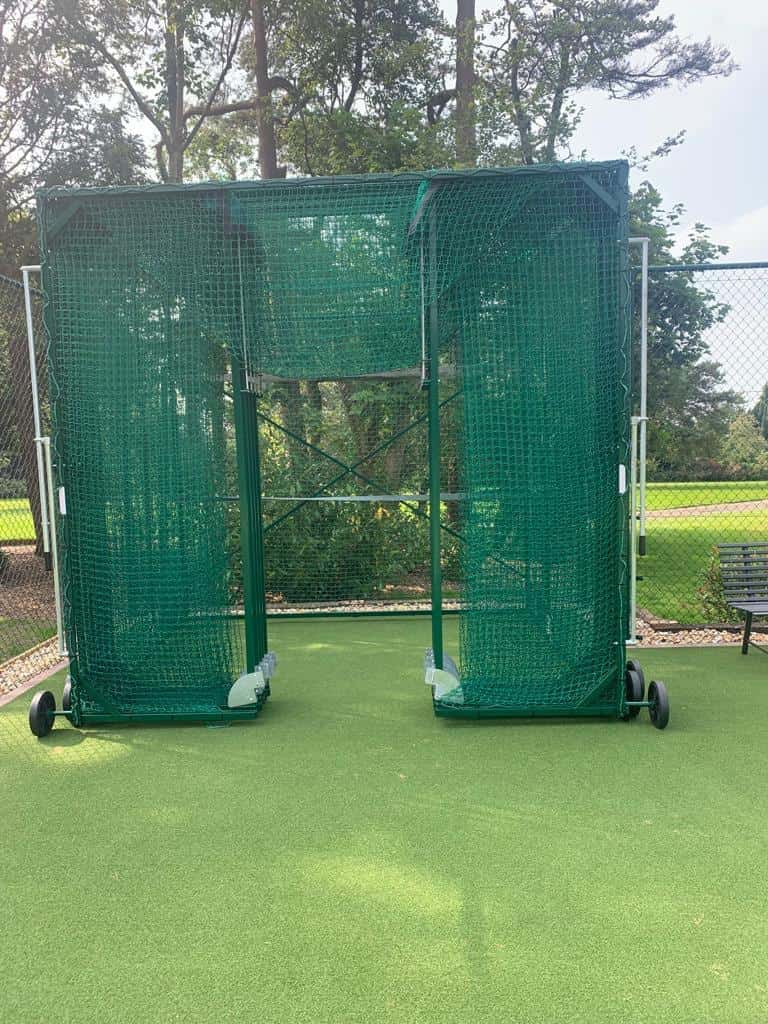Introduction: Tennis is a sport loved by millions worldwide, and the demand for tennis court construction continues to rise in residential settings and commercial and public spaces. What’s remarkable about tennis court construction is its versatility—courts can be tailored to fit a wide range of needs and locations. In this blog post, we will explore the adaptability and versatility of tennis court construction, highlighting how these courts can serve both residential and commercial purposes.
Residential Tennis Courts: A Backyard Oasis
Private Recreation: Residential tennis courts are often the dream of tennis enthusiasts who want the convenience of playing in their homes. These courts are typically built in spacious backyards and provide homeowners with the opportunity for regular, convenient play.
Customisation: Homeowners have the freedom to customise their courts to their liking. The possibilities are endless, from surface materials (such as hard courts or soft courts like clay) to fencing, lighting, and even court colour schemes.
Property Value: A well-maintained tennis court can significantly enhance a residential property’s value. It becomes an attractive feature for potential buyers, making it a smart investment.
Family Fun: Residential tennis courts aren’t just for serious players. Families can enjoy quality time together, fostering a love for the sport and promoting an active lifestyle.
Commercial and Public Tennis Courts: Community Gathering Spaces
Community Centers: Public and commercial tennis courts serve as community gathering spaces. They provide an accessible place for people of all ages and skill levels to enjoy the sport.
Fitness Facilities: Many fitness facilities, resorts, and hotels feature tennis courts as part of their amenities. These courts cater to guests looking for recreational activities during their stay.
Schools and Universities: Educational institutions often have tennis courts for physical education classes, sports teams, and student recreational use.
Sports Clubs: Tennis clubs and sports complexes offer professional-grade courts, coaching, and tournaments, attracting severe players and enthusiasts alike.
Tournament Venues: Larger commercial complexes may host tennis tournaments, requiring high-quality, professional courts that meet specific standards.
Adaptability and Considerations
Surface Selection: The choice of surface—whether asphalt, concrete, clay, grass, or synthetic—is crucial and should align with the intended purpose of the court.
Lighting: Proper lighting is essential, especially for commercial courts in the evenings or tournaments. LED lighting provides energy-efficient and effective illumination.
Drainage: Adequate drainage is vital to prevent water accumulation, which can damage the court. Proper grading and drainage systems are essential.
Fencing: Depending on the location and purpose of the court, fencing may vary from basic to high-security options. It provides safety and helps contain stray balls.
Conclusion: The versatility of tennis court construction is evident in its ability to cater to residential and commercial needs. Whether it’s a private oasis in a backyard or a bustling community space, tennis courts can be adapted to various settings. Investing in a tennis court, whether for personal enjoyment or commercial purposes, promotes physical fitness and creates a space for social interaction and recreation. Tennis court construction professionals, like those at Tennis Court Construction Essex, play a pivotal role in turning these dreams and plans into reality, ensuring that these courts are well-built and designed to meet the diverse needs of their users.
Call us on: 01245 945 895
Click here to find out more about Tennis Court Construction Essex
Click here to complete our contact form and see how we can help with your court needs.

